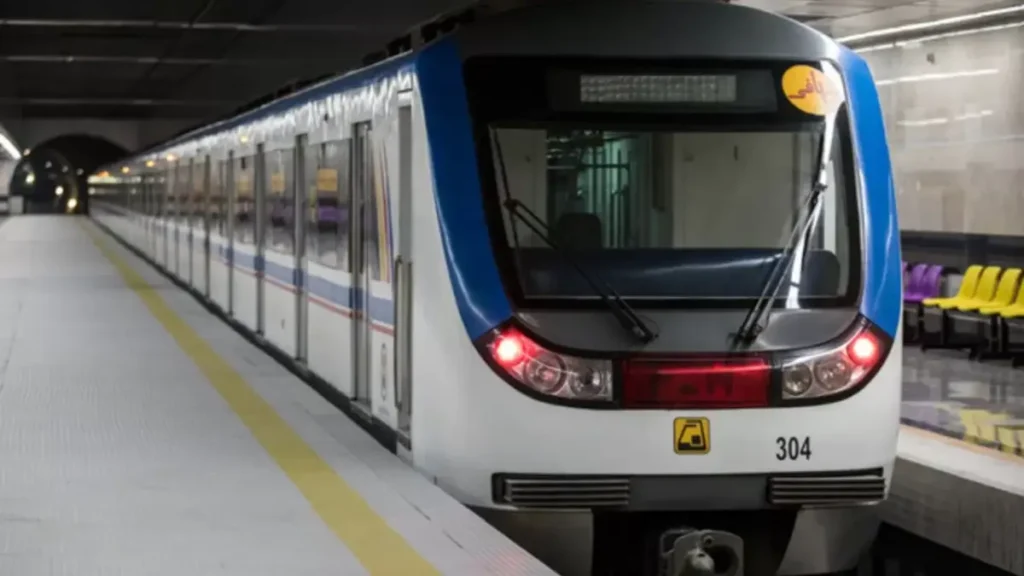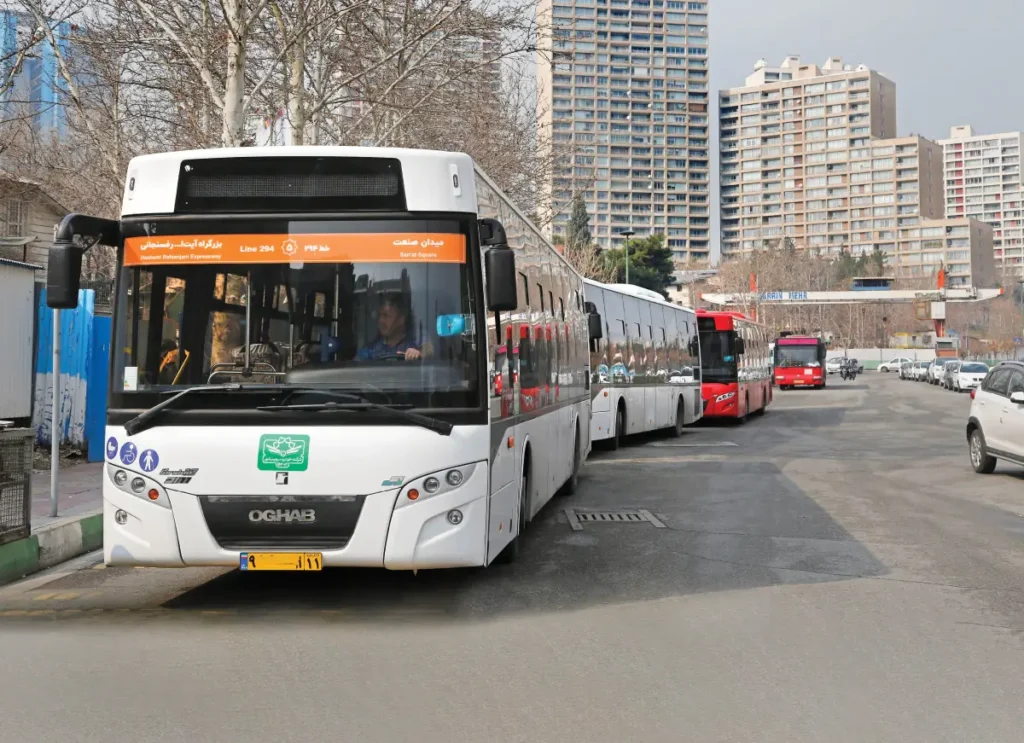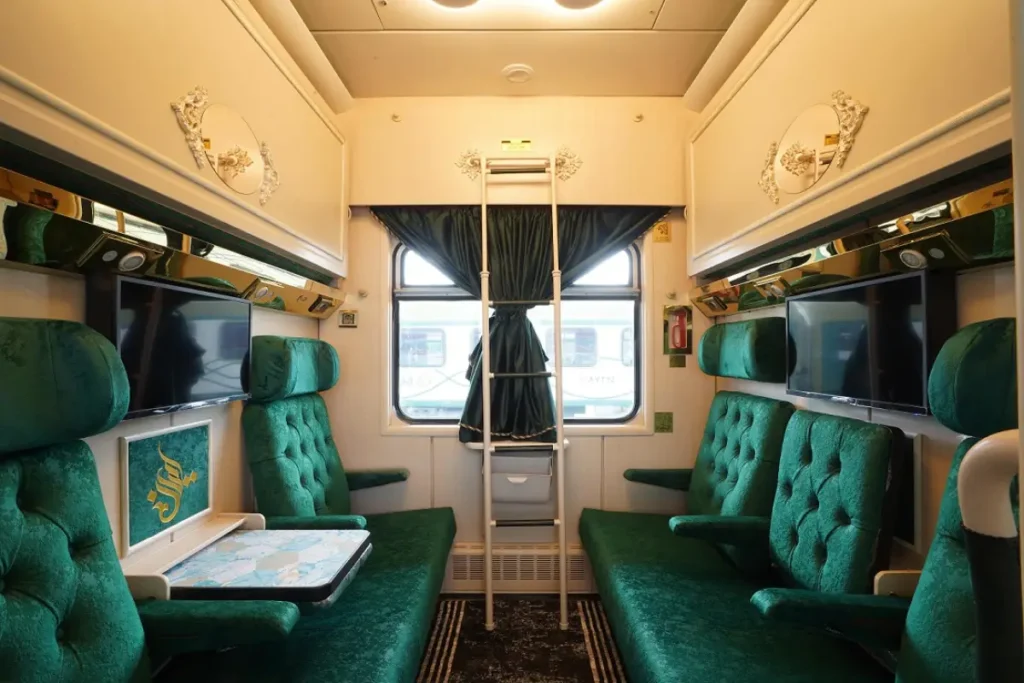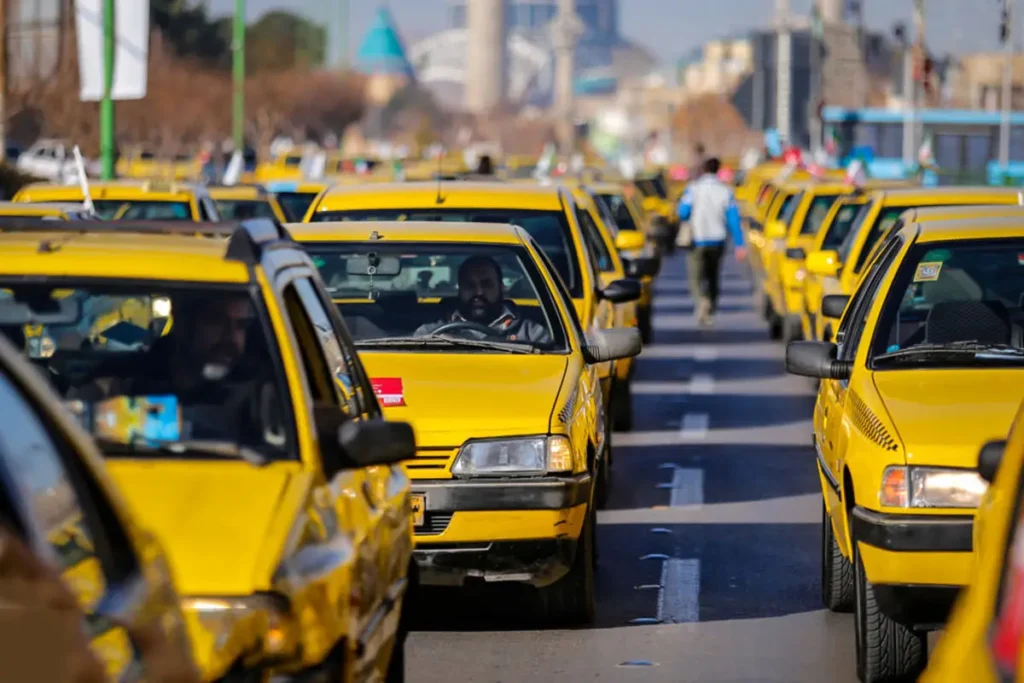When planning your trip to Iran, one of the most important things to think about is how you’ll get around. Iran is a large country with many different cities, villages, and natural sights spread out across long distances. The way you travel can affect your comfort, your time, and how much of the country you get to see. Should you rent a car for more freedom and comfort, or use public transport like the metro, buses, and taxis to save money and experience local life?
Each option has its own pros and cons, depending on your travel style, budget, and where you want to go. In this post, you’ll read about the benefits and challenges of both car rental and public transportation in Iran. Whether you’re planning to explore cities, head into nature, or travel off the beaten path, this guide will help you make the right choice.
Renting a Car in Iran: Comfortable, Flexible, and Worry-Free
If you’re looking for the easiest and most flexible way to explore Iran, renting a car is a great choice, especially with Visit Our Iran. Whether you want to drive yourself or prefer to sit back and relax with a private driver, we make your journey smooth and safe. Car rental is perfect for travelers who want to avoid crowded spaces, explore hidden spots, and travel at their own pace.

Advantages:
- Freedom to travel anywhere, anytime without waiting for buses or dealing with schedules
- Comfortable and private – ideal for couples, families, and groups
- Professional drivers available who know the roads and speak English
- Clean, modern vehicles with air conditioning and plenty of space for luggage
- Easy booking through Visit Our Iran with responsive customer support
- Access to remote destinations like deserts, villages, or national parks
Disadvantages & Our Solutions:
- Traffic in big cities like Tehran can be heavy
→ Solution: Rent a car only for long-distance travel or trips outside the city. In Tehran and other large cities, you can use the metro or ride-hailing apps during rush hours. Visit Our Iran can help you combine car rental with public transport to save time. - Driving rules may be different from what you’re used to (if self-driving)
→ Solution: You can rent a car with a professional driver. This is the most comfortable and stress-free option. Our drivers are experienced, speak English, and understand tourist needs. If you still want to drive yourself, we provide clear instructions and road tips in English before your trip. - Parking can be difficult in busy areas
→ Solution: We guide you to hotels or restaurants with safe parking and help you avoid areas with limited space. Our local team can suggest places with easy parking options wherever you go. - More expensive than buses or metro, especially for solo travelers
→ Solution: While car rental is usually more expensive, Visit Our Iran offers budget-friendly and cheap options, including economy cars and short-term rentals. If you only need a car for a few days of your trip — for example, to visit remote villages or the desert — we’ll help you book the most affordable plan that fits your schedule and budget.
If comfort, freedom, and personalized travel are important to you, car rental is the better choice. With Visit Our Iran, you don’t have to worry about language barriers, road safety, or getting lost. We offer both self-drive and chauffeur options, helping you enjoy the best of Iran on your terms, with full support along the way. Renting a car makes your journey smoother, especially if you want to explore places that public transport doesn’t reach.
If you’re thinking about renting a car for your trip, but you’re not sure how it works in Iran, don’t worry. We’ve put together everything you need to know. Be sure to read A Step-by-Step Guide to Renting a Car in Iran to learn about the process, documents, costs, and useful tips before you book.
Metro in Iranian Cities: Fast and Budget-Friendly for Urban Travel
The metro is a good choice if you are staying in cities like Tehran, Shiraz, Isfahan, or Mashhad. It’s a clean, modern, and fast way to move between major attractions, especially in Tehran where traffic can slow down cars and taxis.

Advantages:
- Very cheap tickets and easy to use
- Fast during peak hours when roads are busy
- Clear signs in English and Persian in most stations
- Rechargeable metro cards are available for multiple trips
- Women-only sections offer comfort and safety for female travelers
Disadvantages:
- Can be very crowded during morning and evening rush hours
- Only available in a few cities, not useful for intercity travel
- No service late at night
- Limited access to remote areas or tourist sites outside the city center
If you’re spending a few days in a large city and want to visit museums, bazaars, or parks without spending much, the metro is a great option. It helps you avoid traffic and stay on budget. However, it’s not useful if you want to travel to smaller towns or remote destinations.
Buses in Iran: Reliable and Low-Cost for Both City and Long-Distance Trips
Buses are widely used in Iran for both local travel and long-distance trips between cities. They are affordable and reach many places, making them a practical choice if you’re on a budget or prefer local experiences.

Advantages:
- Very affordable compared to other options
- VIP buses for long distances offer wide seats, snacks, and air conditioning
- Good coverage between most cities and towns
- Some cities allow bus card use across buses and metro systems
Disadvantages:
- City bus routes can be confusing for tourists
- Not always comfortable for short city trips, especially in older buses
- Hard to know when to get off if you’re unfamiliar with the stops
- Longer travel time compared to private transport
- Not ideal for visiting tourist spots off the main route
Buses are a useful and budget-friendly way to travel between cities or across large towns. If you’re looking for a low-cost option and have flexible timing, long-distance VIP buses are a great experience. But for daily travel inside the city, it may take more time and effort to figure out the routes and schedules.
For a more convenient way to buy metro and bus cards, opt for the Iran Travel Debit Card. It lets you purchase tickets and move around the city like a local. And don’t miss our detailed post: Traveling in Iran by Bus | A Complete Guide for Tourists; it’s packed with tips to help you travel smoothly and save money.
Trains in Iran: Comfortable and Scenic for Long-Distance Travel
Trains are a great option for traveling long distances between cities in Iran. They offer a comfortable and scenic way to experience the country, particularly if you want to relax and enjoy the view as you travel between major destinations.

Advantages:
- Comfortable, spacious seating with the option to relax during the journey
- Scenic routes, especially between cities like Tehran, Isfahan, and Shiraz
- Good for traveling long distances without the hassle of airports
- Offers sleeper cars for overnight journeys
- Relatively affordable compared to flights
- Trains are available for many major routes, including popular tourist cities
Disadvantages:
- Not as frequent as buses or flights on some routes
- Trains can be slower than flying
- Limited routes outside major cities
- Tickets may need to be booked in advance during peak seasons
- Not available for remote or rural destinations
If you’re planning to travel between major cities like Tehran, Isfahan, or Shiraz, trains are a relaxing and scenic way to go. You can enjoy the changing landscapes without the stress of driving or dealing with airport security. However, if you want to visit smaller towns or remote locations, trains may not always be the best option.
Taxis and Ride-Hailing Apps: Convenient and Easy for Short Rides
Taxis are everywhere in Iran. From city streets to bus terminals, you can always find one. But the most convenient way to book a taxi is through local ride-hailing apps like Snapp and Tap30. These apps are similar to Uber and are widely used across the country.

Advantages:
- Easy to find and fast for short city trips
- Ride-hailing apps show the price before the ride – no need to bargain
- Can be ordered from your phone using local internet
- Good option for late-night travel when buses and metro stop
- Safe and widely used by locals and tourists
Disadvantages:
- Some drivers don’t speak English
- Prices can change based on traffic or distance
- Not available in very remote or rural areas
- You need internet access to use ride-hailing apps
Taxis and ride apps are best for short trips in the city, especially when you’re in a hurry or don’t want to walk. For the best experience, install apps like Snapp and get a Visit Our Iran SIM card to stay connected and order rides easily. Just remember that in smaller towns or villages, taxis may not always be available.
Remember to check out our comprehensive article, Guide to Ride-Hailing Apps in Iran for Tourists (2024), where we cover everything you need to know about using ride apps like Snapp and Tap30 during your trip.
If you’re planning to explore Tehran, understanding the public transport options is key. Check out our detailed guide, Public Transportation in Tehran: An Overview, to learn everything you need to know about getting around the city easily and affordably.
Final Thoughts: What Should You Choose?
There is no one-size-fits-all answer. It depends on where you’re going, how much time you have, and what kind of travel experience you want.
- Choose car rental with Visit Our Iran if you want comfort, freedom, and the ability to visit places outside the usual tourist route.
- Choose metro and buses if you’re staying in cities and want to save money while experiencing local life.
- Use taxis and ride apps for short, quick rides, especially when you’re tired or don’t know the way.
For many travelers, a mix of both works best: use public transport in big cities, and rent a car when you want to explore more freely. Visit Our Iran is here to help you with both, from booking your car to helping you plan your route.
Need assistance or have questions? Contact us today, and our team will be happy to assist you in planning the perfect travel experience in Iran.

